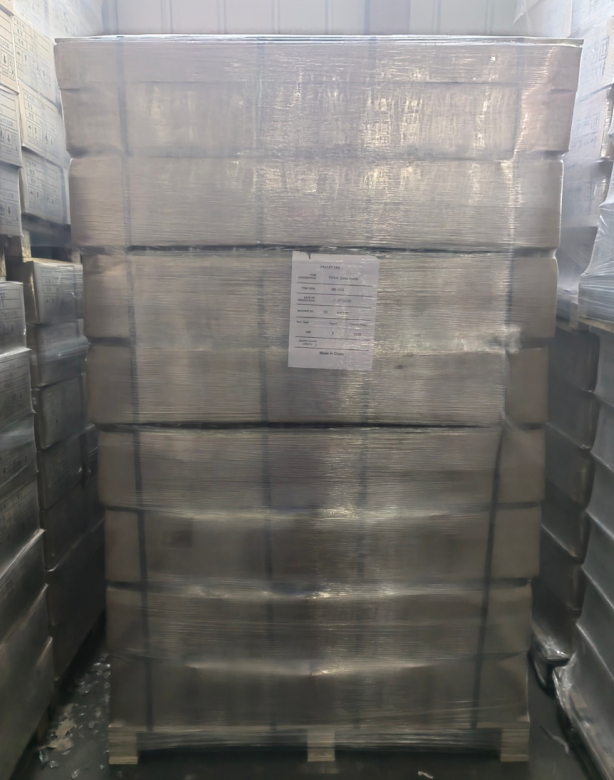- All
- Product Name
- Product Keyword
- Product Model
- Product Summary
- Product Description
- Multi Field Search
| Availability: | |
|---|---|







330ml Green Glass Beer Bottle
Embodying timeless brewing tradition, our 330ml green glass bottle delivers the iconic hue synonymous with European pilsners and craft lagers while balancing UV protection and product visibility. Crafted from durable Type III glass with a distinctive emerald tint, it filters 70% of harmful light to extend shelf life while subtly showcasing golden brews. The classic longneck profile ensures compatibility with high-speed bottling lines and standard 26mm crown caps. Ideal for breweries targeting nostalgic authenticity or brands leveraging color-coded differentiation, this vessel merges heritage appeal with modern durability—perfect for beers, ciders, and artisanal sodas demanding both style and substance.
Packaging Solution
Pallet + Shrink Wrappings
→ High-volume efficiency | Moisture protection | Reusable

FAQ
1.Green glass offers partial UV protection—how does its performance compare to amber bottles for light-sensitive hop compounds, and what shelf-life extension can brewers realistically expect?
While green glass blocks ~70% of critical 350–500nm wavelengths (vs. 98% for amber), it delays "skunking" by 2–3 weeks under typical retail lighting versus clear glass. To maximize freshness, pair it with hop extracts like TetraHop® that resist photodegradation, or use secondary packaging like cartons. For IPAs or highly light-sensitive styles, amber remains superior, but green is optimal for balanced protection and visual appeal in lagers or amber ales.
2.Sustainability claims often face scrutiny—how do you verify recycled content in green glass given mixed cullet streams, and what’s the actual closed-loop recyclability rate?
We batch-track cullet sources via RFID-tagged raw material lots and provide third-party validated Certificates of Composition showing 30–50% post-consumer recycled (PCR) content. Though green glass recycling faces sorting challenges, our partnership with MRFs using optical sorting + AI achieves 85% closed-loop reprocessing—verified by LCA studies showing 18% lower CO₂e vs. virgin glass. Bottles carry "Recycle Me" laser etching to improve sorting accuracy.
3.Can brewers achieve custom color consistency (e.g., "German forest green") across production batches despite recycled content variability?
Yes—through proprietary cullet pre-treatment and strict control of iron/chromium oxide additives, we maintain ΔE <2.0 color deviation (visually imperceptible) per ASTM D2244. Pantone-matching is available for MOQs >100k units, while stock green (RAL 6001) offers batch-to-batch consistency even with 50% PCR content. Digital color proofs are provided pre-production.
4.What’s the chemical migration risk from recycled green glass to acidic beverages (pH <4.0), and how is heavy metal leaching prevented?
All recycled cullet undergoes XRF scanning to remove contaminants, followed by flotation purification. Finished bottles pass ISO 6561:2023 migration tests (10 days at 40°C in 3% acetic acid), showing non-detectable (<0.005 ppm) lead/cadmium levels. The glass matrix’s high chemical inertness (from chromium stabilization) ensures compliance with Prop 65 and EU No 10/2011 even for sour beers or kombucha.
330ml Green Glass Beer Bottle
Embodying timeless brewing tradition, our 330ml green glass bottle delivers the iconic hue synonymous with European pilsners and craft lagers while balancing UV protection and product visibility. Crafted from durable Type III glass with a distinctive emerald tint, it filters 70% of harmful light to extend shelf life while subtly showcasing golden brews. The classic longneck profile ensures compatibility with high-speed bottling lines and standard 26mm crown caps. Ideal for breweries targeting nostalgic authenticity or brands leveraging color-coded differentiation, this vessel merges heritage appeal with modern durability—perfect for beers, ciders, and artisanal sodas demanding both style and substance.
Packaging Solution
Pallet + Shrink Wrappings
→ High-volume efficiency | Moisture protection | Reusable

FAQ
1.Green glass offers partial UV protection—how does its performance compare to amber bottles for light-sensitive hop compounds, and what shelf-life extension can brewers realistically expect?
While green glass blocks ~70% of critical 350–500nm wavelengths (vs. 98% for amber), it delays "skunking" by 2–3 weeks under typical retail lighting versus clear glass. To maximize freshness, pair it with hop extracts like TetraHop® that resist photodegradation, or use secondary packaging like cartons. For IPAs or highly light-sensitive styles, amber remains superior, but green is optimal for balanced protection and visual appeal in lagers or amber ales.
2.Sustainability claims often face scrutiny—how do you verify recycled content in green glass given mixed cullet streams, and what’s the actual closed-loop recyclability rate?
We batch-track cullet sources via RFID-tagged raw material lots and provide third-party validated Certificates of Composition showing 30–50% post-consumer recycled (PCR) content. Though green glass recycling faces sorting challenges, our partnership with MRFs using optical sorting + AI achieves 85% closed-loop reprocessing—verified by LCA studies showing 18% lower CO₂e vs. virgin glass. Bottles carry "Recycle Me" laser etching to improve sorting accuracy.
3.Can brewers achieve custom color consistency (e.g., "German forest green") across production batches despite recycled content variability?
Yes—through proprietary cullet pre-treatment and strict control of iron/chromium oxide additives, we maintain ΔE <2.0 color deviation (visually imperceptible) per ASTM D2244. Pantone-matching is available for MOQs >100k units, while stock green (RAL 6001) offers batch-to-batch consistency even with 50% PCR content. Digital color proofs are provided pre-production.
4.What’s the chemical migration risk from recycled green glass to acidic beverages (pH <4.0), and how is heavy metal leaching prevented?
All recycled cullet undergoes XRF scanning to remove contaminants, followed by flotation purification. Finished bottles pass ISO 6561:2023 migration tests (10 days at 40°C in 3% acetic acid), showing non-detectable (<0.005 ppm) lead/cadmium levels. The glass matrix’s high chemical inertness (from chromium stabilization) ensures compliance with Prop 65 and EU No 10/2011 even for sour beers or kombucha.